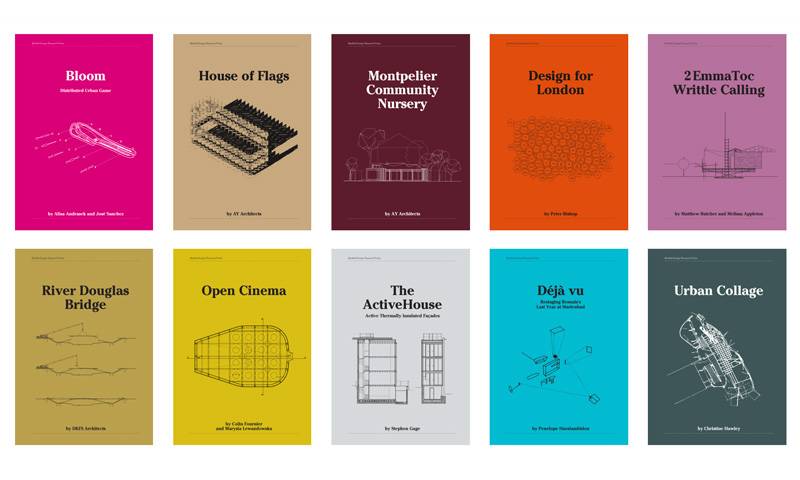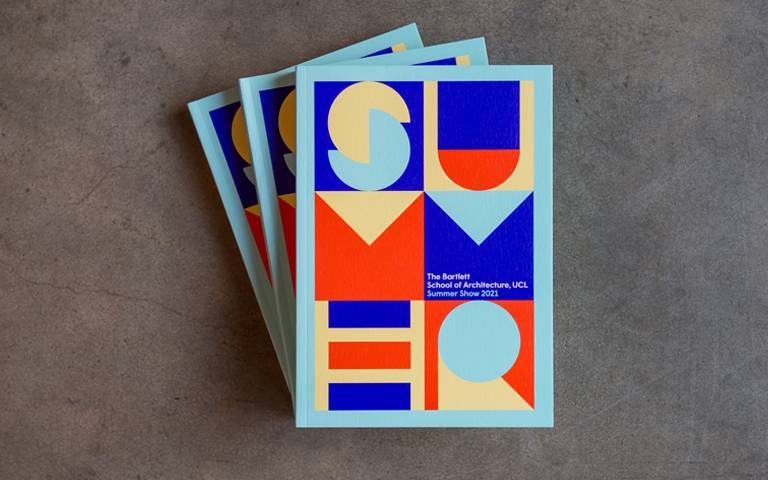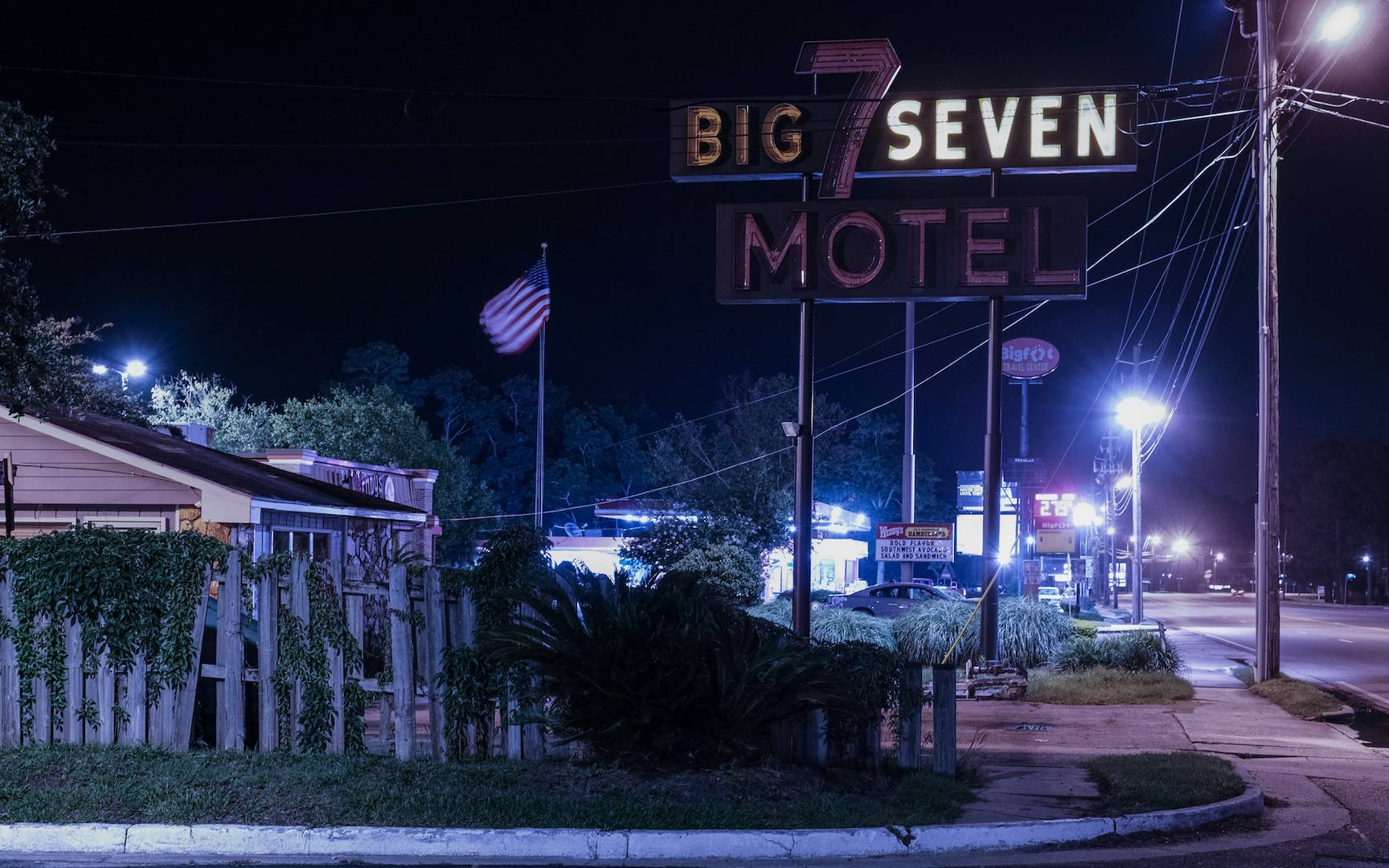Niches for Organic Territories in Bio-Augmented Design is an interdisciplinary research project that brings together a team with expertise in architecture, microbiology and antimicrobial resistance.
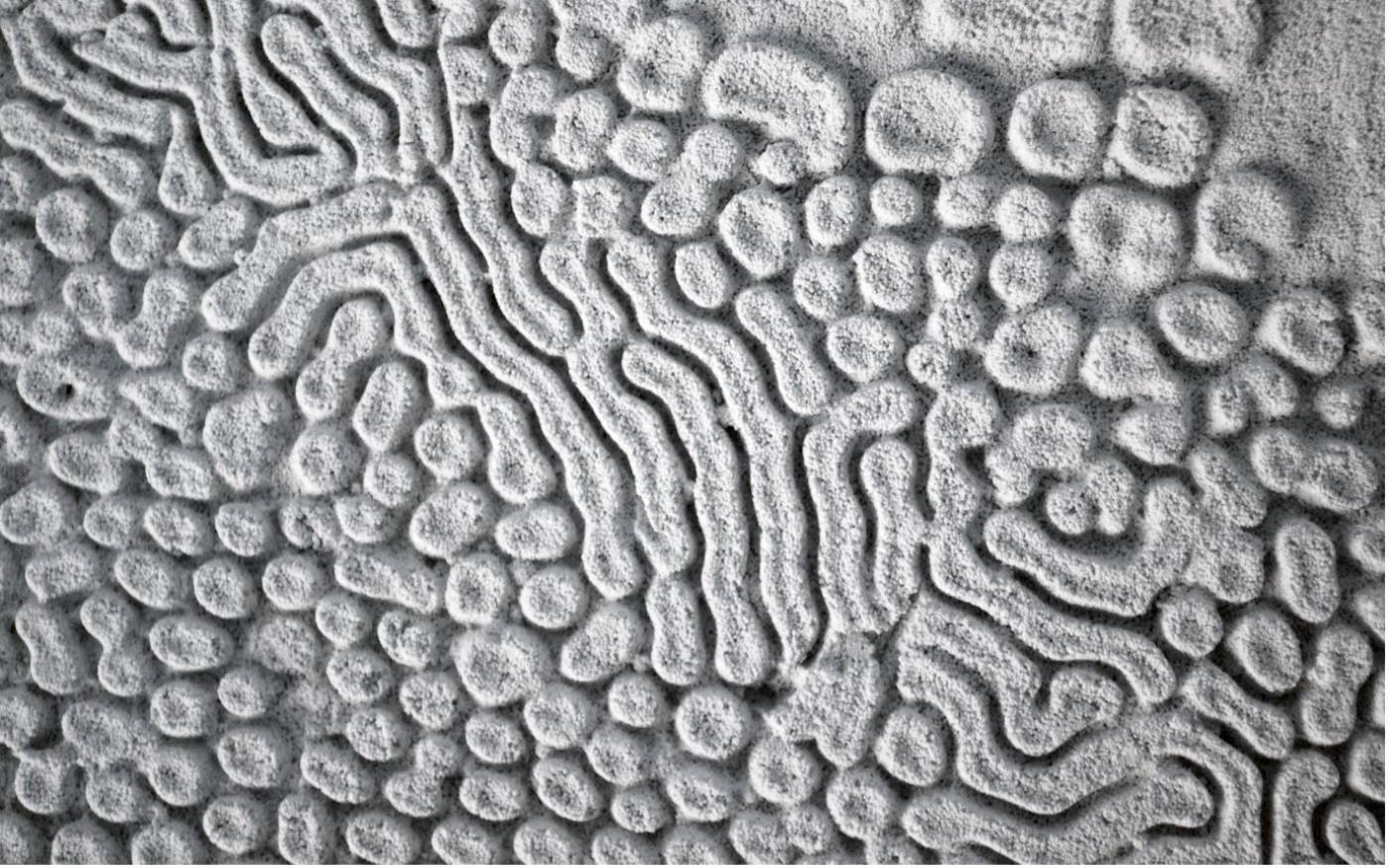
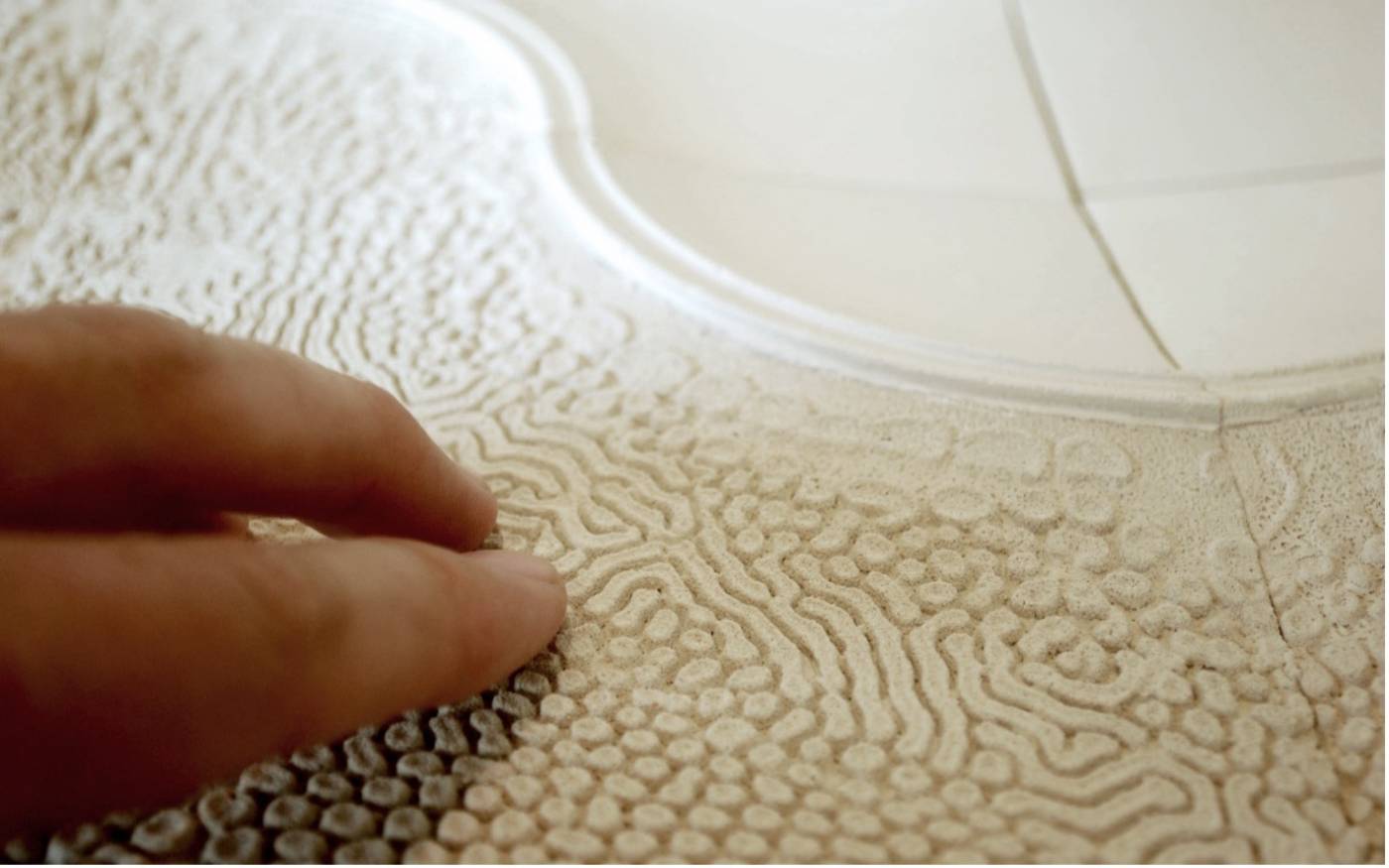
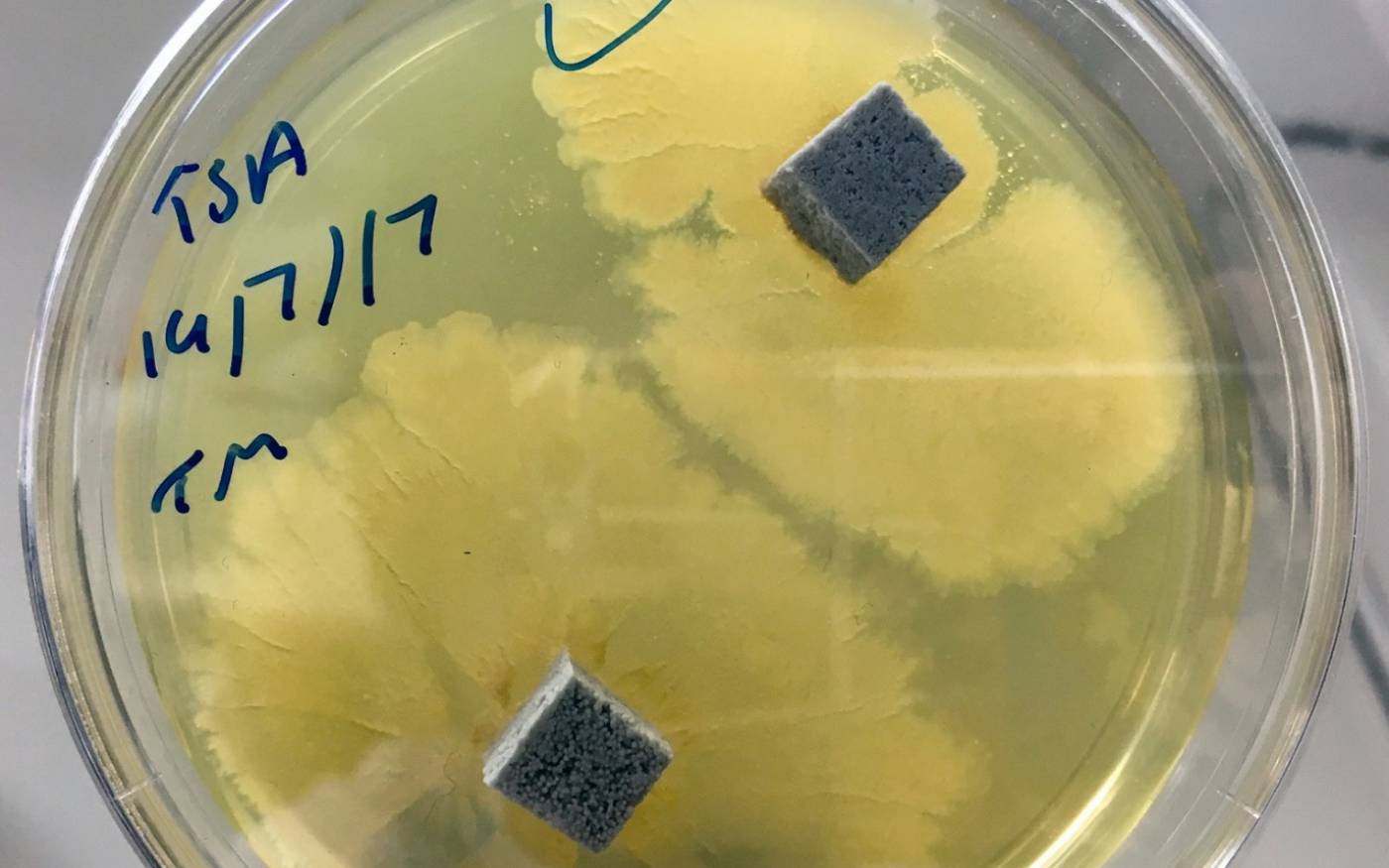
Overview
Niches for Organic Territories in Bio-Augmented Design (NOTBAD) is an interdisciplinary research project that brings together a team with expertise in architecture, microbiology and antimicrobial resistance (AMR). The project explores a novel approach towards preventing the spread of AMR in the built environment by reversing the notion of sterilisation and encouraging the growth of other benign, beneficial microbes that serve to outcompete harmful strains.
The medical community understands that not all microbes are bad and that certain microbes play a beneficial role within the body in relation to our health and immune development. It is evident that overprescribing antibiotics can lead to the killing of benign and/or beneficial microbes within the body, removing competition and thereby allowing antimicrobial resistant microbes to proliferate or colonise the body. Analogically, these principles are true of microbes within buildings – the so-called built environment microbiome. However, to date, a similar shift in opinion has not occurred amongst architects and designers where a preference for cleanliness still drives a ‘kill-all’ mentality towards the presence of microbes in buildings. This project is investigating an alternative, probiotic design paradigm for living buildings that purposely grow benign bacteria within the building walls and surfaces that serve to prevent the spread of antimicrobial resistant pathogens via mechanisms of bacterial competition.
We have demonstrated that we can integrate beneficial microbes into building materials and that these living materials are able to prevent colonisation and growth of antimicrobial resistant pathogens. In the future these living building materials could be used to introduce beneficial bacteria into the built environment.
- People
Principle Investigator
Richard BeckettCo-Investigator
Sean NairResearch Associates
Carolina Ramirez-Figueroa
Mehmet Davrandi- External partners
AHRC
- Image credits
Images: Richard Beckett
 Close
Close


